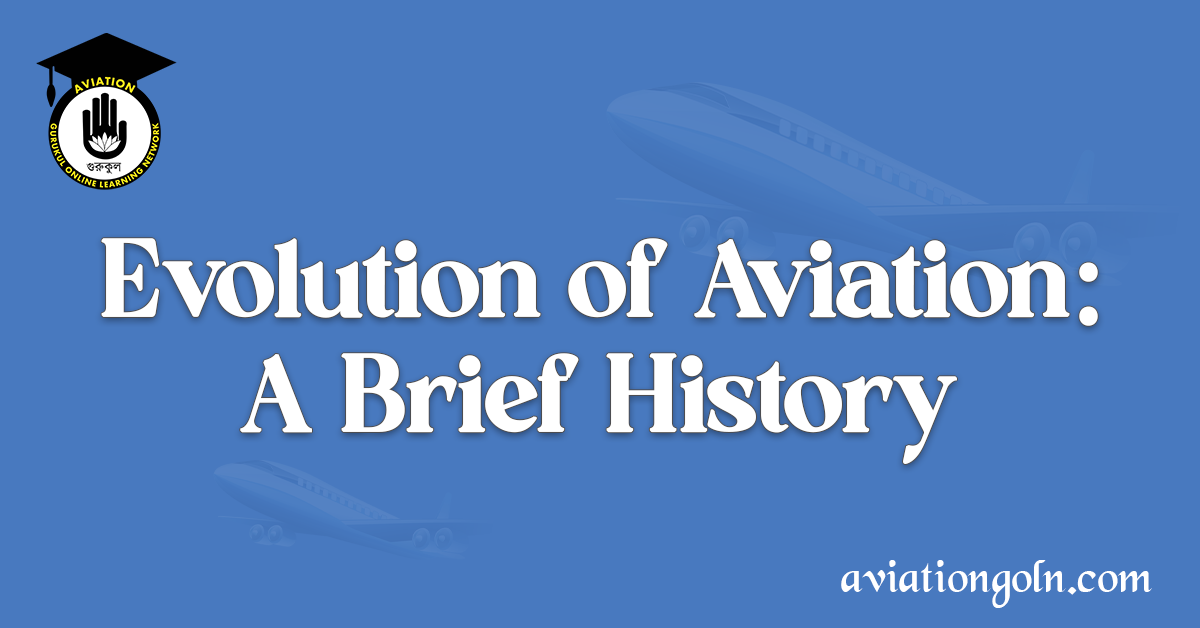Evolution of Aviation: The story of aviation is the story of humanity’s relentless pursuit of the skies. It is a tale filled with visionaries, pioneers, and innovators who dared to challenge the constraints of gravity. This article will provide a brief overview of the evolution of aviation, tracing its journey from mere dreams to today’s advanced technology.
Evolution of Aviation: A Brief History
1. The Dream of Flight
Long before aviation became a reality, humans were captivated by the idea of flight. Ancient civilizations, from the Greeks with their myth of Icarus to the Chinese with their kites, were obsessed with the concept. Drawings, myths, and legends from countless cultures all reflect an innate desire to fly.

2. The Age of Balloons and Airships
The practical journey of aviation began in the 18th century with the development of the first hot air balloons. The Montgolfier brothers, Joseph-Michel and Jacques-Étienne, were the pioneers of this era, launching the first manned balloon flight in 1783. These initial flights opened up a new horizon for humans: the third dimension.
Balloons evolved into more controlled airships, notably the dirigibles, which became popular in the 19th and early 20th centuries. Ferdinand von Zeppelin played a crucial role with his invention of the Zeppelin, a large, rigid airship. While these airships had limitations, they were used for passenger travel, surveillance, and even military purposes.
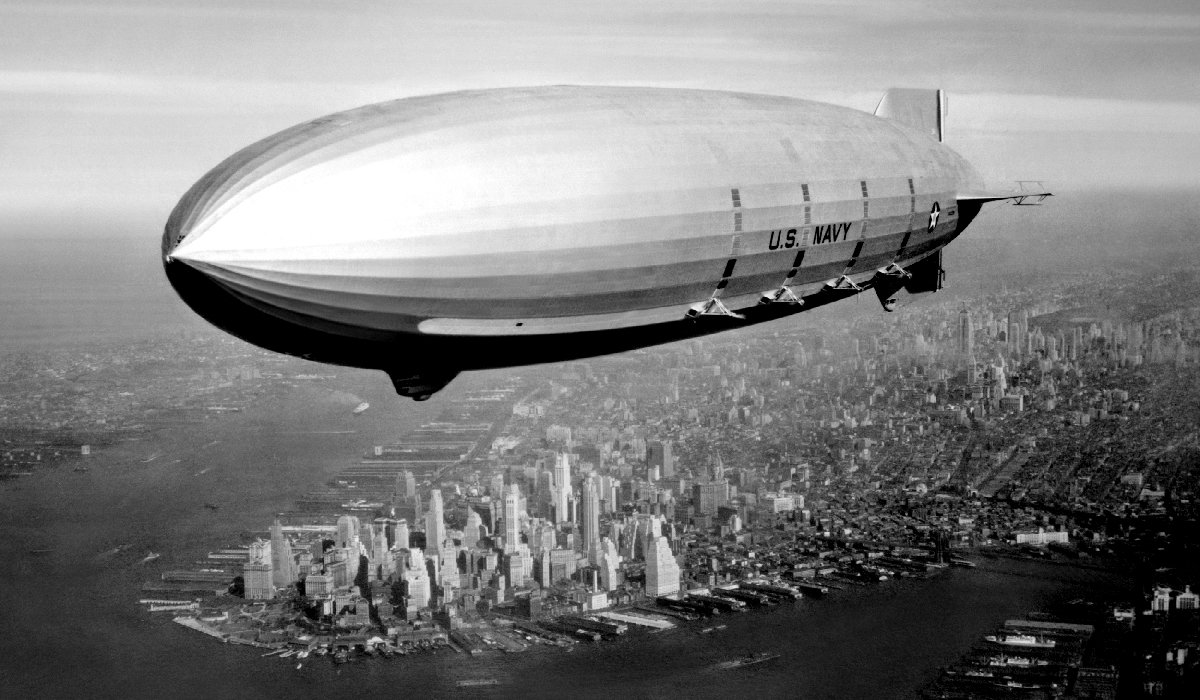
3. The Birth of the Airplane
The real turning point in aviation history came in the late 19th and early 20th centuries. Inventors around the world were racing to design a heavier-than-air, controlled machine. Many attempts ended in failure, but they laid the groundwork for success.
The Wright brothers, Orville and Wilbur, achieved this dream in 1903 with the Wright Flyer. Their flight in Kitty Hawk, North Carolina, lasted only 12 seconds but revolutionized transportation. It was the culmination of years of experimentation, design, and testing.

4. World War I and Technological Advancements
The First World War was the first major conflict where aviation played a significant role. At the war’s onset, planes were mainly used for reconnaissance, but as the conflict progressed, they evolved into powerful combat and bombing machines.
This period saw rapid technological advancements, including the introduction of metal fuselages, synchronized machine guns, and more powerful engines. Aircraft manufacturers like Fokker, Sopwith, and SPAD became household names.
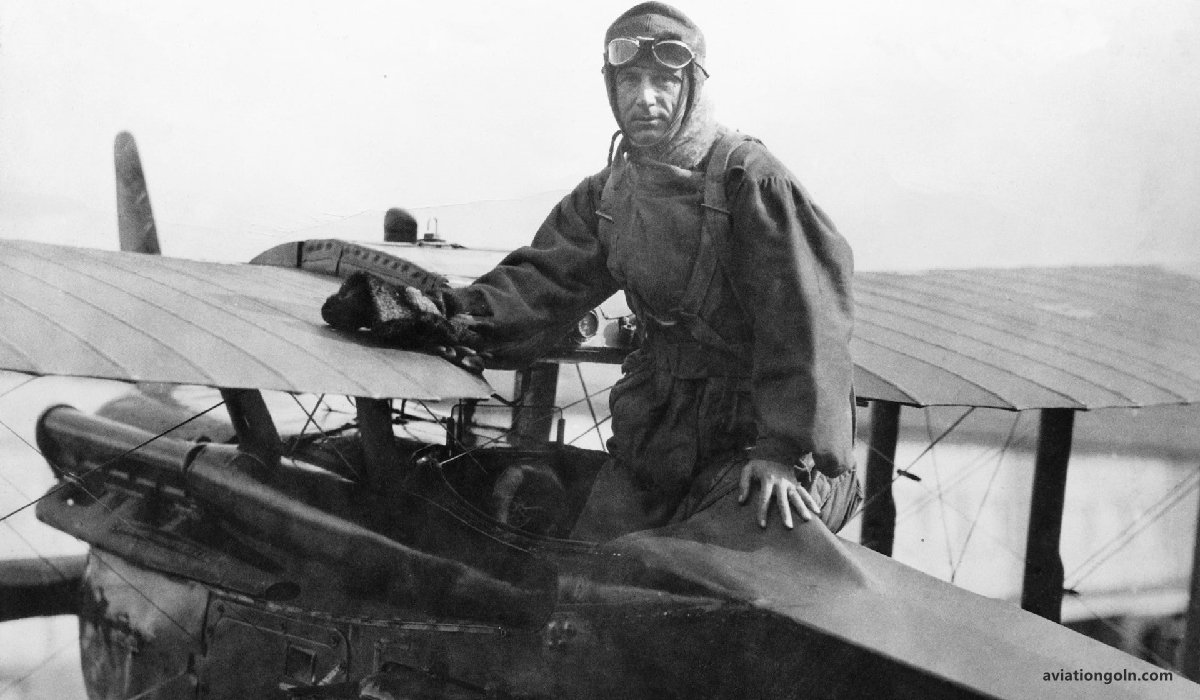
5. The Golden Age of Aviation (1920s – 1930s)
Post-WWI, the world saw an explosion of interest in aviation. This was the “Golden Age” of flying, characterized by exploration, record-breaking flights, and commercial growth. Legends like Charles Lindbergh, Amelia Earhart, and Howard Hughes captured the public’s imagination. Lindbergh’s 1927 solo transatlantic flight in the Spirit of St. Louis was particularly iconic, linking New York and Paris.

Commercial aviation also began to take off. Airlines like Pan American World Airways and Imperial Airways started long-haul services. The Douglas DC-3, introduced in the 1930s, became the workhorse of the industry, making air travel more affordable and efficient.
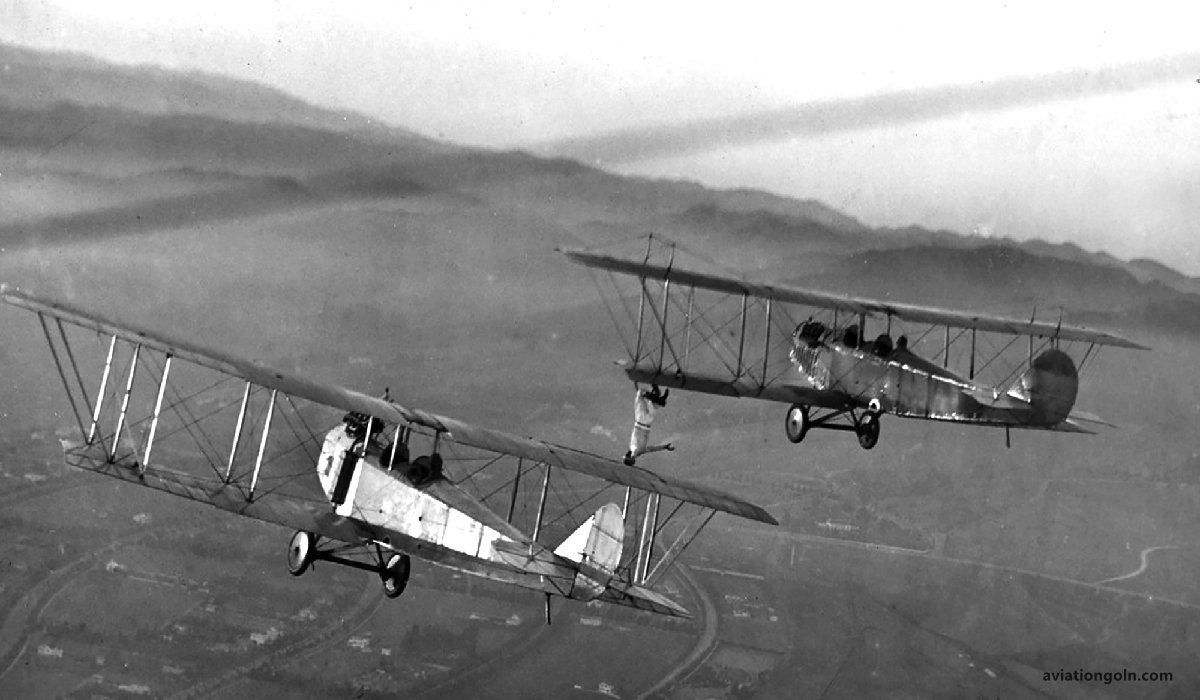
6. World War II: Aviation’s Pivotal Moment
If WWI was aviation’s introduction to warfare, WWII solidified its central role. Aircraft became vital assets, leading to significant technological advancements.
Jets, such as the Messerschmitt Me 262, emerged, challenging the dominance of propeller-driven planes. Long-range bombers, like the B-17 and Lancaster, brought the war to the enemy’s doorstep. The conflict also saw the introduction of aircraft carriers, transforming naval warfare.
Post-war, many military aircraft were repurposed for civilian use, leading to the growth of commercial aviation.
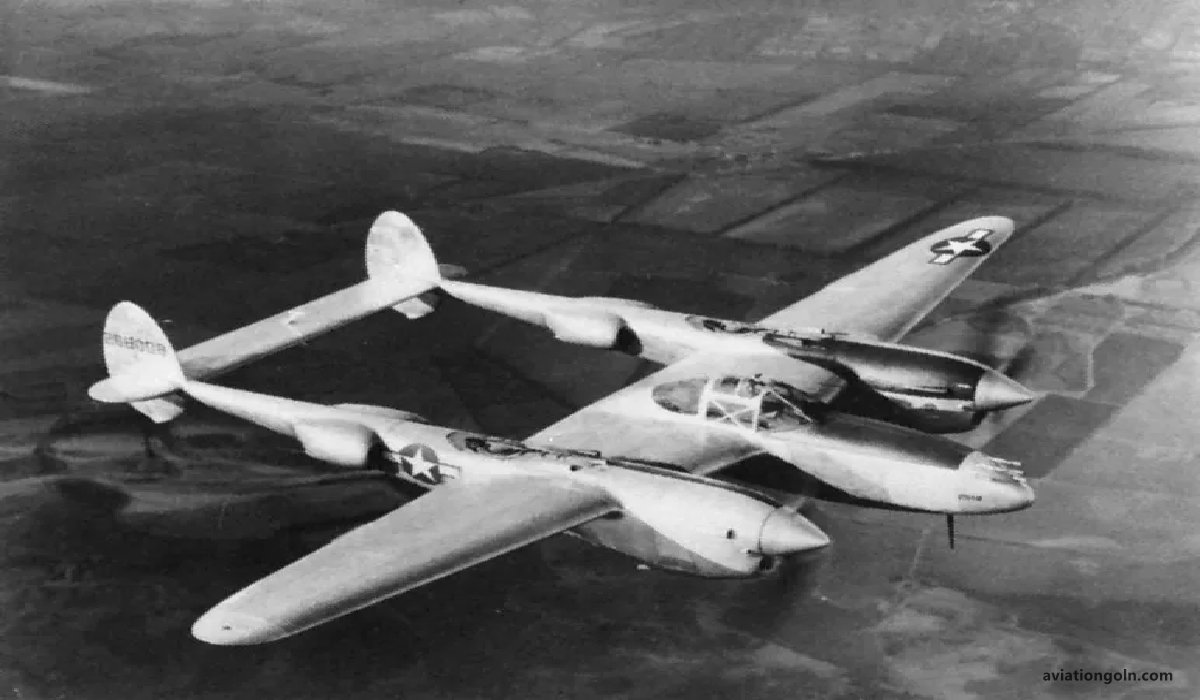
7. The Jet Age and Commercial Expansion (1950s – 1980s)
The post-WWII era saw the ascent of jet-powered commercial aircraft. The de Havilland Comet, introduced in 1952, was the world’s first jet airliner. Despite early setbacks, it paved the way for icons like the Boeing 707 and the Douglas DC-8.
The 1970s introduced the Boeing 747, the “Jumbo Jet,” revolutionizing long-haul travel. This period also saw supersonic travel with the Concorde, a technological marvel.

8. Modern Aviation (1990s – Present)
From the 1990s onward, the emphasis in aviation has been on efficiency, safety, and environmental considerations. Aircraft like the Boeing 777 and the Airbus A350 are examples of modern marvels, focusing on fuel efficiency and passenger comfort.
Today’s aviation world is also marked by the growth of budget airlines, democratizing air travel. Companies like Southwest in the U.S. and Ryanair in Europe have made flying accessible to the masses. The introduction of drones, both for commercial and recreational purposes, has also marked this era. They represent the continued evolution of aviation, branching into areas previously unimagined.
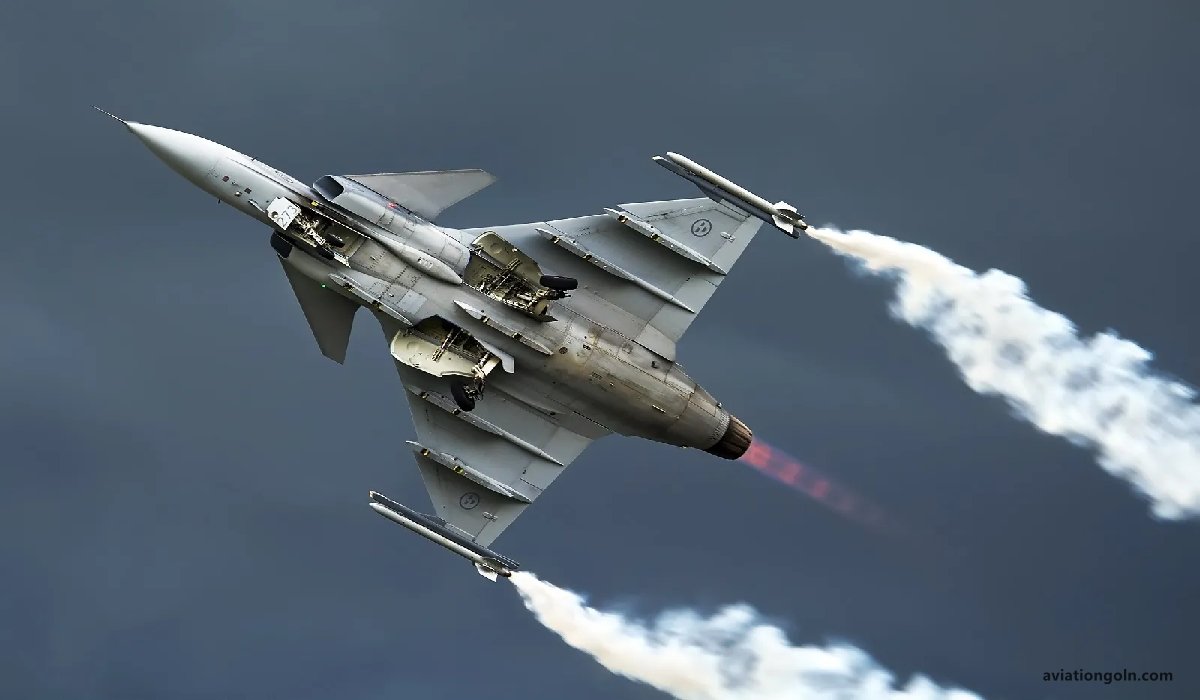
9. The Future of Aviation
The horizon for aviation is as expansive as the sky itself. As we move forward, we’ll see the growth of electric aircraft, further efforts to combat climate change through sustainable aviation fuels, and possibly even urban air mobility solutions, making flying cars a reality.

From ancient myths to today’s technologically advanced jets, the journey of aviation is a testament to human ingenuity and perseverance. As we continue to push boundaries, the sky is not the limit, but merely the beginning. The evolution of aviation reminds us that with passion, innovation, and determination, nothing is truly out of reach.
Read more:
